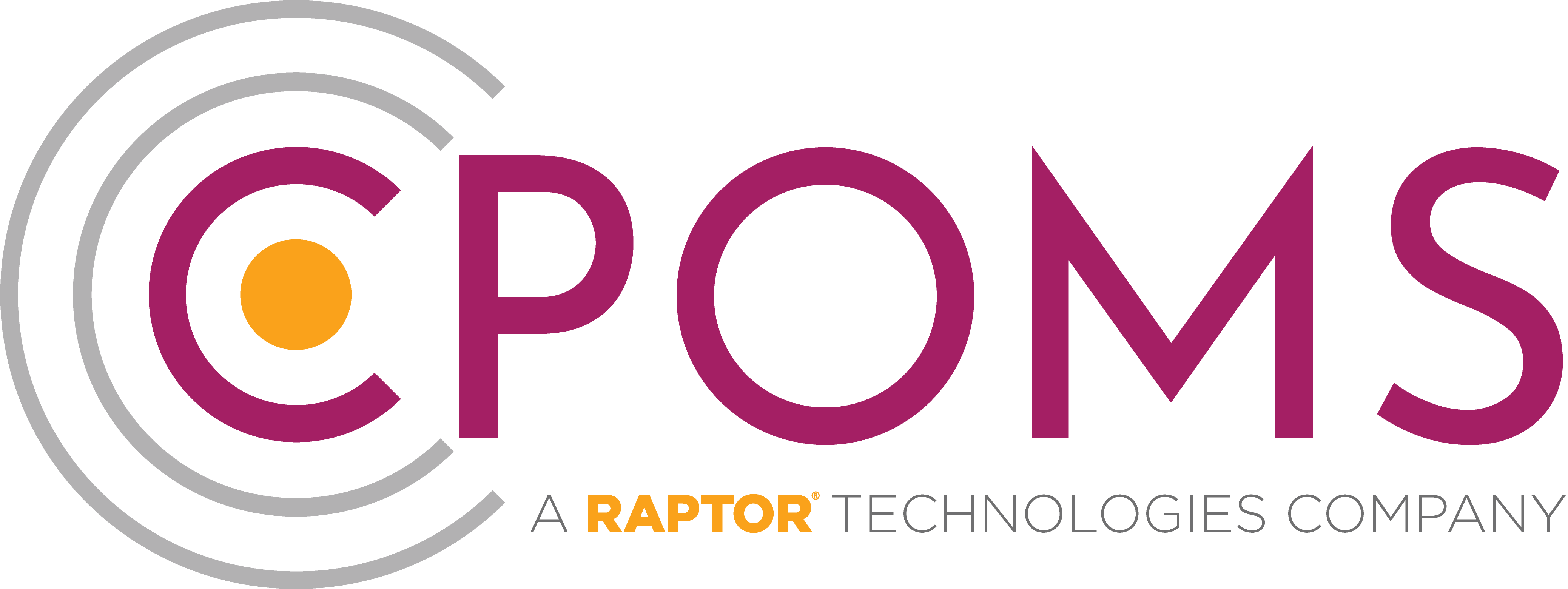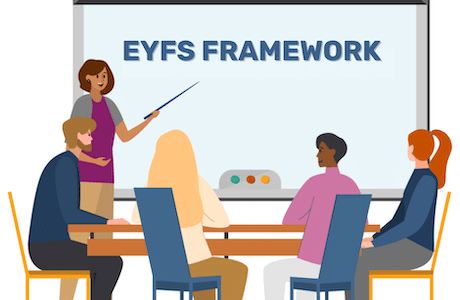Guest Author: Jon Trew
Whenever I deliver a safeguarding in education training course, I begin by asking the question “Who has previously been on a safeguarding course?” In most cases, hands appear. Next, I ask a rhetorical question “So why do you need to go on another course?” The answer I provide is that safeguarding is a dynamic subject where rules, guidance and practice are constantly evolving.
Unlike a subject like maths where the answer to two plus two will always equal four, safeguarding requires us to continually update our knowledge and practice. Changes in the safeguarding challenge regularly occur because abusers are always using new methods and tactics. So, to be effective we must stay ahead of them.
Avoiding outdated and harmful language in safeguarding
One of those areas where we need to regularly update our practice is that of language. In the 1970’s even professionals used phrases like ‘battered women’. Today that phrase is archaic and redundant. The phrase has evolved, first to ‘domestic violence’ and then to the term ‘domestic abuse.’ The latter phrase covers any incident of threatening behaviour, violence or abuse (psychological, physical, sexual, financial and emotional) between adults who are or who have been intimate partners or family members. Changing appropriate safeguarding language helps reflect the reality of the lives of children and young people and accurately describe what is happening to them.
Last month the charity ‘Listen Up’ supported by the Esmee Fairburn Foundation published a report on ‘adultification’. The report called ‘Pushing Forward; Testing Learning on Adultification in Child Safeguarding Practices in England’ looks at how ‘notions of innocence and vulnerability are not afforded to some children’. Adultification refers to the practice of viewing and treating children as if they are older than they are. Such assumptions may be based on a child’s physical appearance, such as their height, stature or facial hair, or engagement in certain behaviours.
The report identifies adultification as a significant issue for black children in the Youth Justice system. They are more likely to be viewed as fully responsible for their actions rather than as young people whose behaviour is affected by trauma, developmental challenges, or abuse. This can result in harsher sentencing, reduced access to diversionary programs, and treatment that prioritizes punishment over rehabilitation and support. However, adultification bias is not limited to this area alone. The report got me thinking about how we use safeguarding language when recording concerns and how unconscious bias may result in adultification.
Ensuring children remain at the centre of safeguarding language
An aspect of adultification is how we use adult-orientated language to describe situations and incidents where vulnerable children are involved. The language used is likely to frame our response to that situation. Therefore, describing a young person as a ‘child prostitute’ will get a different response that of saying a child was ‘groomed and abused by an adult’. This is a very stark example but in many cases, the language used is more subtle.
I’ve come across reports where children are described as ‘streetwise’ or have ‘brought it on themselves’ when those are clearly subjective and victim-blaming opinions. Sometimes recordings use the language of consensual adult relationships such as ‘are in a relationship with an older man’ whereas the reality is the child or young person has no ability or capacity to consent.
Children in care are another group of children and young people where the impact of language in safeguarding used about them can be dehumanising and institutional. The language used is often subtly different to that used about other children and can lead us to think about them in ways that are different to their peers. In March 2019 TACT Fostering and Adoption published a report called “Language that cares; Changing the way professionals talk about Children in Care”. The report is a collaborative effort between TACT and some of the children and young people they work with. The report is thought-provoking and provides some simple but clear pointers about how we use language about children and situations in the care system.
We all too often consider and describe a situation from the point of view of the institution instead of the child. A good example is describing a child as “hard to place” whereas the reality is often there are too few suitable places for them to live. The language reverses the situation and blames the child for the failure of the system. Organisations often develop a shorthand, but these phrases can be dehumanising. So instead of saying “meeting family” we use the term ‘contact’ or “moving to a new home” becomes “changing placements”.
5 steps to ensure non-biased safeguarding reporting
So, how can we make sure things we write on our safeguarding recordings are clear, unambiguous, and based on facts rather than opinions which may betray unconscious bias? Here are five practical steps all professionals working with children can take to ensure the language used in safeguarding is appropriate and does not further contribute to any concerns or risks.
- Firstly, we should be open-minded and question the relevance and accuracy of descriptive terms. The language we use may not accurately describe the level of risk and outdated terms mean that other professionals could take us less seriously, so it is important to thoroughly review language in reports for relevance and accuracy.
- We must realise that language changes. Terms that we have all used for many years may have become outdated. They may be inaccurate and imprecise and by continuing to use them indicate to others we are not up to date with the challenges of safeguarding.
- Avoid adultification of children. When talking about a person under eighteen, ask yourself this question. ‘Does the language used presume or imply an adult level of consent and maturity?’ While the young person may be physically and sexually mature, it is crucial for reporting language to reflect that they are legally and for safeguarding purposes still a child.
- Ensure details are not lost in shorthand. It is very common for institutions to use shorthand but understand that sometimes these phrases can depersonalise or isolate children and young people. Instead think, ‘If this was my child how would I describe the situation’? Rather than labelling a child, detail their actions, or give examples of the concerning behaviour.
- Finally, avoid language that implies blaming the victim for the abuse or the situation they are in. Childhood and adolescence are times when their capacity for decision-making and considering the consequences of their actions are not fully developed. Children may make poor choices and mistakes, but no child deserves to be abused.
Thinking about how we describe children and young people in a safeguarding context is important. It is not about banning terms and phrases but more about considering the context we use them and the implications they suggest. The type of language we use about children and young people will influence the decisions that we and others make about them for the rest of their lives.
The role of digital safeguarding tools in clear and accurate safeguarding reporting
Digital safeguarding tools can have a huge positive impact in ensuring accuracy, efficiency and privacy when producing and reviewing safeguarding reports and cases.
CPOMS StudentSafe provides a secure and easy to use platform through which school leaders, safeguarding practitioners and other designated roles can capture essential information detailing any potential concerns for children in your setting.
The platform is supported with Cases and Forms technology, allowing safeguarding leads to easily assemble data and evidence into comprehensive cases, all in one secure system. With StudentSafe, education settings can put effective safeguarding strategies into practice, reduce admin time and demonstrate evidence of safeguarding interventions to inspectorates for full compliance.
To find out more about how CPOMS StudentSafe can support your setting, book a free demo today.




